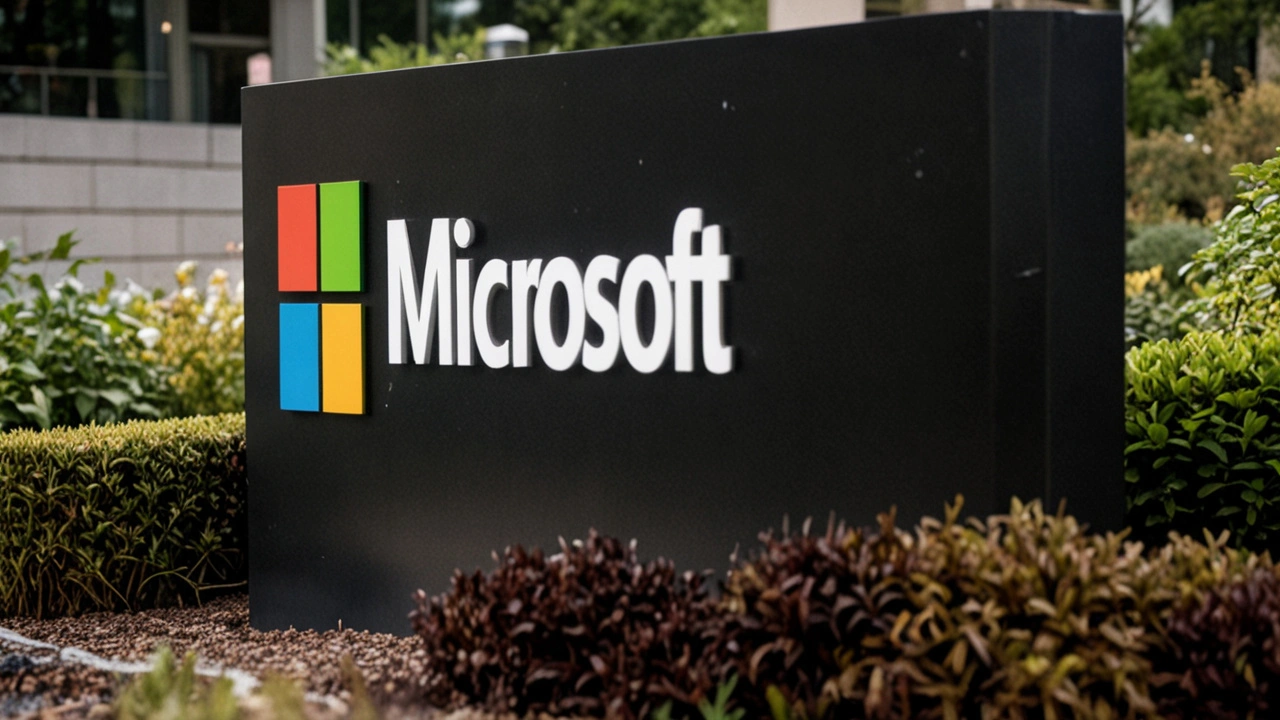Windows Outage: What You Need to Know and How to Handle It
Windows outages can hit at the worst times, leaving you stuck without access to your work or personal files. Whether it’s sudden crashes, updates gone wrong, or power hiccups, these interruptions can throw a wrench into your day. But don't worry — knowing the common causes and quick fixes can save you a lot of headaches.
Common Causes of Windows Outages
Most Windows outages boil down to a handful of issues. One big culprit is unexpected power failures or surges that shut your computer down abruptly. Another is system updates that don’t install correctly, causing your machine to freeze or restart endlessly. Then there are hardware failures like a faulty hard drive or graphics card that can bring your system to a halt. Even malware or corrupted software files can trigger sudden outages.
What You Can Do When Windows Goes Down
When your Windows system crashes or won’t boot, it’s tempting to panic. First, try rebooting your PC — sometimes a simple restart clears the problem. If that doesn’t help, boot into Safe Mode by pressing F8 during startup. Safe Mode disables unnecessary drivers and software so you can troubleshoot with fewer issues. Running a virus scan in Safe Mode can catch malware that might be causing trouble.
For update-related hang-ups, use the Windows Update Troubleshooter tool to identify problems and fix broken update files. And if hardware is the issue, swaps with known-good parts or professional repair might be necessary.
To avoid getting blindsided, consider setting up automatic backups regularly. That way, even if your system goes down, your important data stays safe. Also, keep your software and drivers up to date to reduce glitch risks.
Windows outages are frustrating but manageable once you understand what’s going on under the hood. With a little know-how and preparedness, you can bounce back fast and keep your computer running smoothly.

Global Microsoft Outage Triggers 'Blue Screen of Death' Due to Crowdstrike Update
A recent update from cybersecurity firm Crowdstrike has caused a worldwide 'Blue Screen of Death' for Microsoft Windows users, affecting systems in multiple countries. The Falcon Sensor update conflict is believed to be the cause, leaving systems to restart or shut down. Crowdstrike is addressing the issue, while Microsoft has yet to confirm the exact cause.
